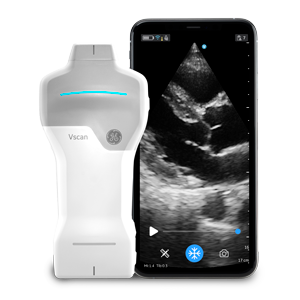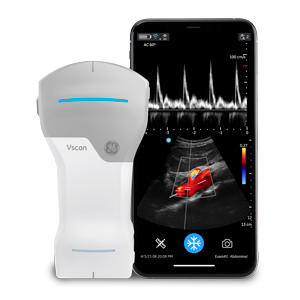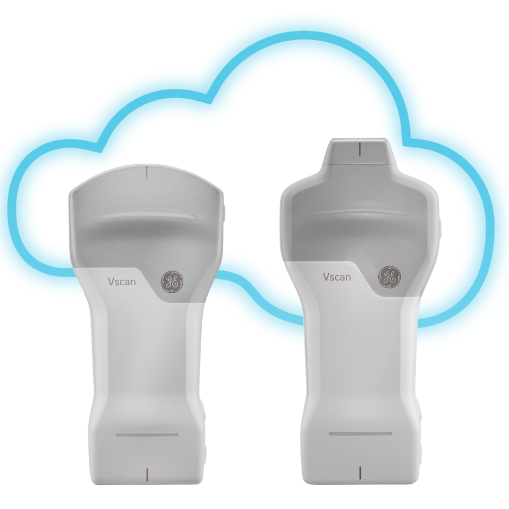
For patients with blunt force abdominal trauma, internal injuries can cause death within the first 24 hours. Being able to quickly identify whether a patient has free intra-abdominal fluid could help save their life.
In such cases, handheld ultrasound can shed light on how extensive a patient’s injuries are — and do so quickly. Having access to accurate and portable medical equipment in the field can allow medical professionals to make quick in-the-moment decisions for patients. Without portable technology, it is difficult for emergency responders to make decisions about treatment and care.
Internal Injuries: Detecting Lacerations and Fluid
Since the 1990s, ultrasound has been the standard of care for trauma patients, following the principles behind focused assessment with sonography for trauma. Handheld ultrasound technology has become an additional, highly effective tool for clinicians in identifying internal injuries.
A study published in a 2012 Emergency Medicine Journal concluded that in major trauma patients, examination with hand-carried ultrasound according to the ‘Focused Assessment with Sonography for Trauma’ (FAST) principles for the diagnosis of organ lacerations and free intra-abdominal fluid is a reliable and rapid alternative to contrast-enhanced Multidetector CT (MDCT) scans and can help save precious time in emergency situations, and should, additionally, be evaluated in the pre-clinical workflow.
Internal Injuries: Fast decisions when time counts
Given the potentially critical nature of abdominal injuries, fast diagnosis is essential. When using handheld ultrasound for investigating internal injuries, providers were, on average, able to make a definitive diagnosis within minutes in accordance with the focused assessment with sonography for trauma (FAST) principle. Patients might also receive faster service because these internal injuries can be identified at the bedside — there is no need to wait for an imaging room. Depending on the severity of the internal injuries, patients may not have time to wait for an imaging room and may need immediate treatment.
With abdominal injuries, a diagnostic delay could potentially postpone treatment, lengthen a hospital stay or increase the likelihood of a negative outcome.
Benefits of Handheld Ultrasound for Providers and Patients
As a point-of-care device, handheld ultrasound offers several benefits to both providers and patients. Not only does it present a quick method to support diagnosis, but the machine is also lightweight and easy to handle. It presents quick information to support examining a patient at nearly any location inside or even outside of the hospital. Collecting this real-time knowledge can also help determine if a patient requires emergency transport to a dedicated trauma center.
For patients, handheld ultrasound can help enable quick care, or it can alleviate their fears by helping the clinician to rule out internal injuries. Additionally, ultrasound provides no radiation, and it’s a low-cost mobile technology that can be conveniently accessed in almost any healthcare environment. Whether it is an emergency situation or confirming that there is not a presence of internal injuries, the knowledge gained from a handheld ultrasound device can provide peace of mind for the patient.
Note: Vscan Extend (shown in photo) has been verified for limited use outside of professional healthcare facilities. Use is restricted to environmental properties described in the user manual. Please contact your GE HealthCare sales representative for detailed information.
Related Resources
- Accelerating Patient Triage Using Handheld Ultrasound
- Emergency Ultrasound — Accelerating Treatment Decisions






